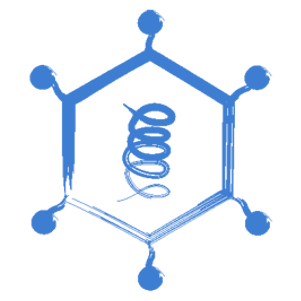Difference between revisions of "Category:Rickettsiales"
Jump to navigation
Jump to search
| (6 intermediate revisions by 3 users not shown) | |||
| Line 1: | Line 1: | ||
| − | {{ | + | {{frontpage |
| − | + | |pagetitle =Rickettsiales | |
| + | |pagebody = | ||
| + | |contenttitle =Content | ||
| + | |contentbody =<big><b> | ||
| + | <categorytree mode=pages>Rickettsiales</categorytree> | ||
| + | </b></big> | ||
| + | |logo =bugs-logo copy.png | ||
| + | }} | ||
===Overview=== | ===Overview=== | ||
| Line 40: | Line 47: | ||
*Inoculation of susceptible animals | *Inoculation of susceptible animals | ||
| − | [[ | + | [[Category:Bacterial Organisms]] |
| − | + | [[Category:To_Do_-_Bacteria]] | |
| − | [[ | ||
| − | |||
| − | |||
| − | |||
| − | |||
| − | |||
| − | |||
| − | |||
| − | |||
| − | |||
| − | |||
| − | |||
| − | |||
| − | |||
| − | |||
| − | |||
| − | |||
| − | |||
| − | |||
| − | |||
| − | |||
| − | |||
| − | |||
| − | |||
| − | |||
| − | |||
| − | |||
| − | |||
| − | |||
| − | |||
| − | |||
| − | |||
| − | |||
| − | |||
| − | |||
| − | |||
| − | |||
| − | |||
| − | |||
| − | |||
Latest revision as of 21:33, 5 November 2010
Rickettsiales
Overview
- Cause systemic diseases in animals
- Usually use arthropod vectors
- Host and cell type specificity
- Q fever and Rocky Mountain spotted fever are zoonoses
Characteristics
- Non-motile, pleomorphic Gram-negative organisms
- Obligate intracellular pathogens
- Require live cells for culture such as tissue culture cells or embryonated eggs
- Require Romanowsky stains
- Include two families, Rickettsiaceae and Anaplasmataceae
- Rickettsiaceae have cell walls that contain peptidoglycan; they target endothelial cells and leukocytes
- Anaplasmataceae lack cell walls; they target erythrocytes
Epidemiology
- Rickettsiae replicate in gut epithelial cells of arthropod vectors and spread to other organs such as salivary glands and ovaries
- Transmission occurs during feeding on the animal host
- Transovarial or trans-stadial transmission occurs in the arthropod vectors
- Most ricketsiae have limited survival in the environment, apart from Coxiella burnetii, which undergoes aerosol transmission
Pathogenesis and pathogenicity
- Many rickettsiae target endothelial cells of small blood vessels; they produce phospholipase which damages phagosome membranes, escaping into the cytoplasm
- Ehrlichia target leukocytes or platelets, and inhibit phagosome/lysosome fusion
- Anaplasmataceae localise within vacuoles or on the surface of red blood cells; they may alter red cell antigens causing immune-mediated damage. Anaemia may result from haemolysis or removal of red blood cells
Identification
- Giemsa-stained blood or tissue smears identify blue/purple organisms
- Fluorescent antibody technique for specific identification
- Isolation in embryonated eggs or tissue culture lines
- Nucleic acid probes and PCR
- Inoculation of susceptible animals
Pages in category "Rickettsiales"
The following 11 pages are in this category, out of 11 total.
